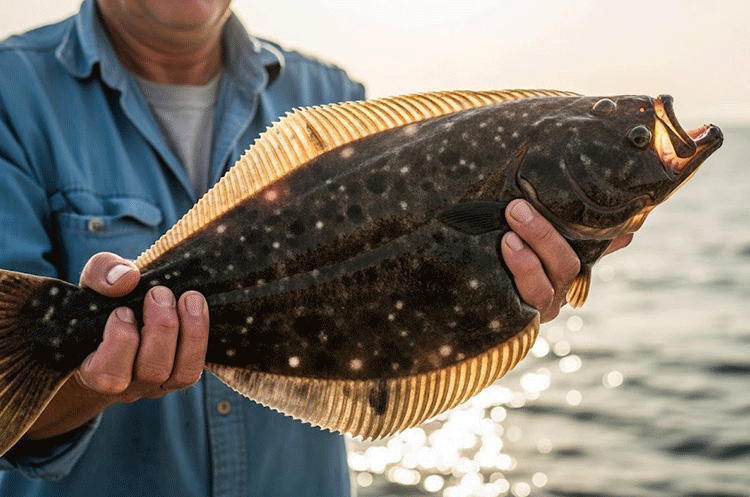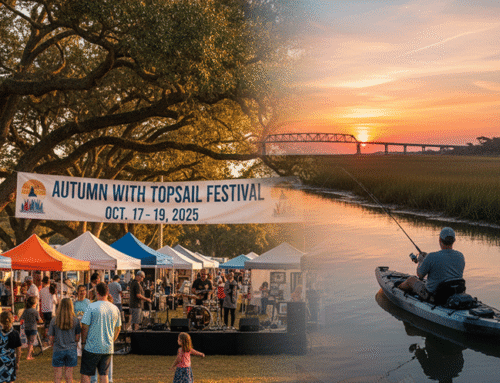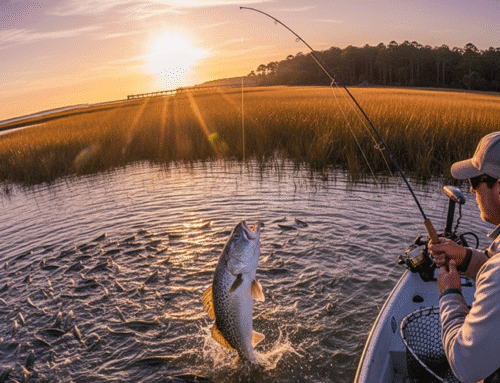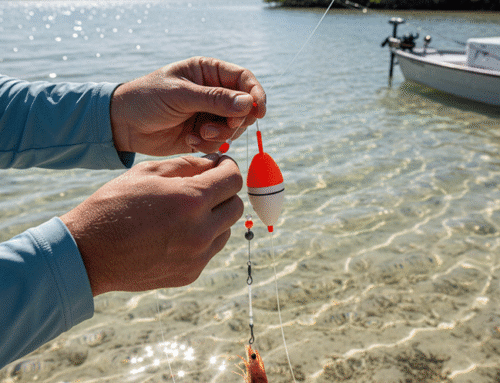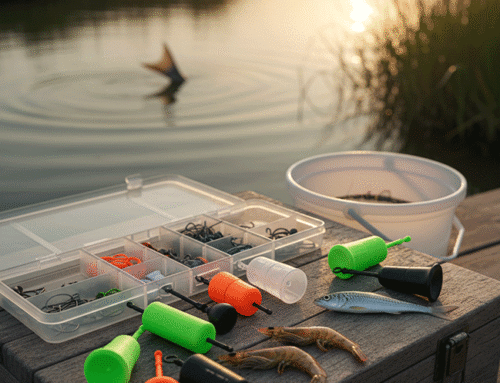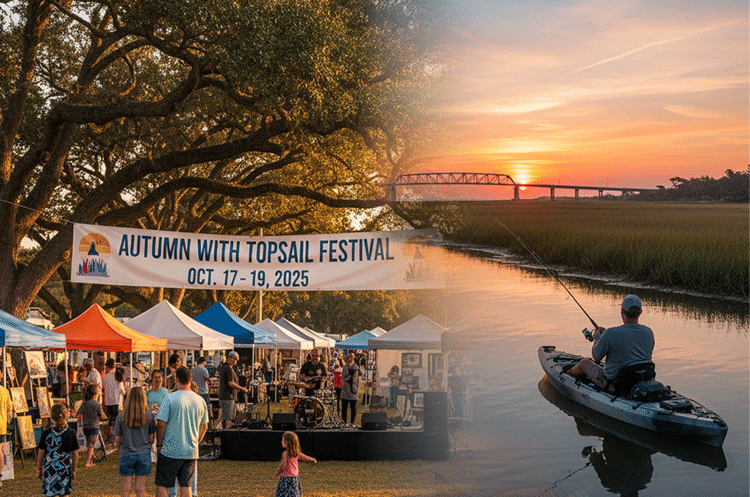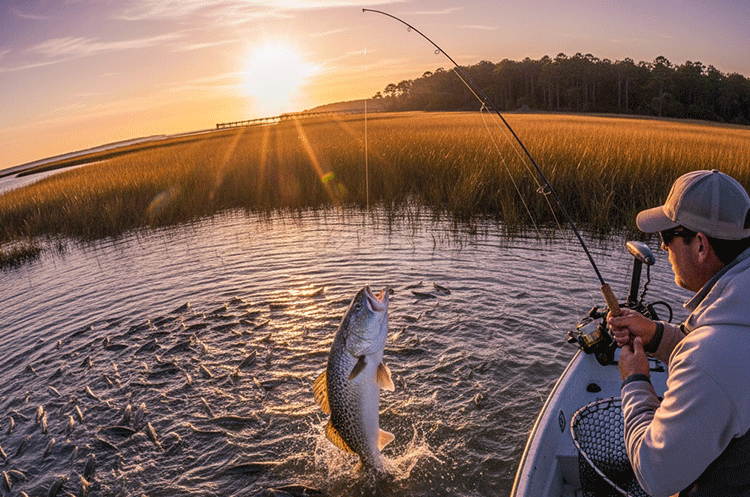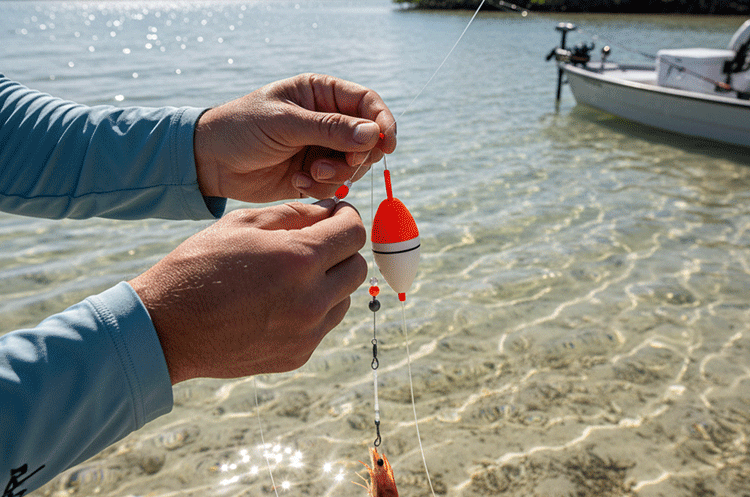Flounder Fanatics: Your Guide to Gigging and Hooking Doormats in Topsail
Topsail Island is an angler’s paradise, and for many, the ultimate prize is a doormat-sized flounder. These flatfish are not only a delicious dinner but also a fun and challenging catch. Whether you’re a seasoned pro or a first-timer, this guide will give you the tips and tricks you need for a successful day of flounder fishing in Topsail.
Hook and Line a Keeper
For a classic fishing experience, you can’t beat hooking a flounder on a rod and reel. These ambush predators like to hide on the bottom, so you’ll want to get your bait down to their level. A medium-action spinning rod with a 15-pound braided line and a 15-pound leader is a great all-around setup.
For bait, live options like finger mullet, mud minnows, and shrimp are irresistible to flounder. If you prefer artificial lures, you can’t go wrong with a Gulp! shrimp or a paddle tail on a jig head. The key is to work your bait slowly along the bottom. When you feel that tell-tale “thump,” give the flounder a moment to get the hook in its mouth before you set it.
The Thrill of the Gig
Flounder gigging is a unique and exciting way to catch these fish, especially at night. Armed with a gig and a powerful light, you’ll wade or pole through the shallows, looking for the outline of a flounder on the sandy bottom. When you spot one, it’s a quick and decisive strike to secure your catch.
The sound side of Topsail Island is an excellent place for gigging, with its calm, clear waters. Look for sandy bottoms near marsh grass and oyster beds, as these are prime hiding spots for flounder.
When and Where to Go
The best time to target flounder in Topsail is during the fall, with September being the peak month. Spring, from April to June, is also a productive time as flounder move into the inshore waters to feed. As for the time of day, early morning and late afternoon are your best bets for hook and line fishing.
Inshore, focus your efforts around marsh banks, oyster rocks, creek mouths, and docks. If you’re fishing from a boat, the nearshore reefs and wrecks are known to hold larger flounder. And, of course, the piers in Surf City, Topsail Beach, and North Topsail Beach are always popular and productive spots.
A Note on Regulations
It’s crucial to be aware of the current fishing regulations, as they can change from year to year. In recent years, the recreational flounder season in North Carolina has been very limited to help rebuild the stock. Always check the latest regulations from the North Carolina Division of Marine Fisheries before you head out on the water.
With a little knowledge and a bit of luck, you’ll be well on your way to catching a doormat flounder on your next Topsail Island fishing adventure. Tight lines!
Ready to put these flounder fishing secrets into practice? The fastest way to learn is to go with a pro. A guided trip can shorten the learning curve dramatically. Check out our list of top-rated Topsail Fishing Charter Guides to book your adventure today!

Topsail Fish | Topsail Island Fishing Guides | Topsail Island Fishing Captains | Topsail Island Fishing Charters | NC Wildlife Resources Commission

